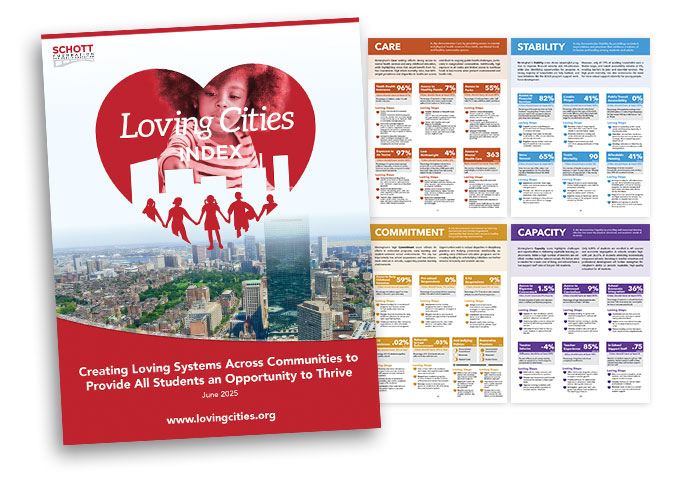Sacramento, California’s capital city, is a vibrant and diverse urban center rooted in rich history and civic engagement. Home to nearly half a million residents, Sacramento is known for its dynamic blend of cultural heritage, government influence, and community activism. As the city continues to grow, it is also evolving—prioritizing investments in education, equitable development, and environmental sustainability.


of supports measured
Sacramento’s community-led initiatives reflect a strong commitment to creating inclusive neighborhoods and equitable learning environments.
The city is making meaningful strides to support youth success, improve access to opportunity, and build safe, healthy environments for all residents. From expanding school-based mental health support to tackling disparities in transportation and housing, Sacramento’s efforts reflect a desire to foster a more loving, resilient, and equitable city.
Sacramento has implemented several initiatives to enhance educational outcomes, support youth employment, and address economic disparities, reflecting a commitment to fostering equity and opportunity for all residents. Sacramento’s high school graduation rate of 92% surpasses the national average and demonstrates effective strategies in secondary education completion. To further improve postsecondary readiness, the Sacramento Regional K-16 Collaborative has established a data-sharing partnership with Sacramento State, the Los Rios Community College District, and the Elk Grove Unified School District. This initiative aims to identify and address barriers to college access and completion, facilitating a smoother transition for students after high school.
Expand to read more
The city reports a youth disconnection rate of 7.03%, significantly lower than the national average. To support youth employment and reduce disconnection, Sacramento Works for Youth provides employment support and educational exploration services. Funded through the Workforce Innovation and Opportunity Act (WIOA), this program serves both in-school and out-of-school youth, emphasizing career readiness and skill development.
An infant mortality rate of 5.00 per 1,000 live births indicates progress in maternal and child health. However, with 16.08% of children living below the poverty line, economic hardship remains a concern. In response, the Sacramento Children’s Fund was established in 2022. This fund allocates $8–10 million annually to programs and services for children and youth, aiming to address issues like poverty, trauma, and violence.
English Learners constitute 17.69% of the student population. To support these students, the Sacramento City Unified School District offers resources through its Multilingual Literacy Department, including the English Learner Advisory Committee (ELAC). ELAC provides parents of English Learners opportunities to engage with programs and participate in school needs assessments, promoting inclusive educational practices.
With an unemployment rate of 4.09%, Sacramento exhibits a stable labor market. However, its public school district poverty rate of 72.11% underscores the need for continued efforts to uplift economically disadvantaged communities. Initiatives like the Sacramento Promise Zone focus on increasing educational opportunities and improving retention rates, aiming to break the cycle of poverty through education.
Sacramento Indicators

The Community Climate comprises indicators of a city’s current conditions in important areas such as education, economic stability, and public health. While these indicators do not uncover underlying supports or influences in a city, the outcomes provide a picture of a community’s well-being, economic mobility, and equitable opportunities.



